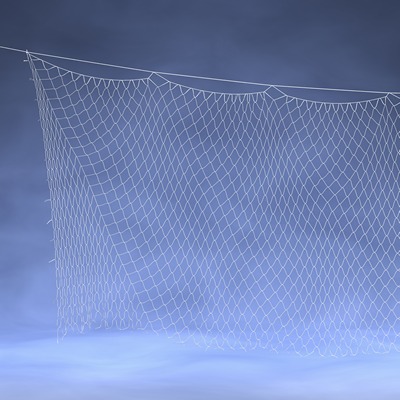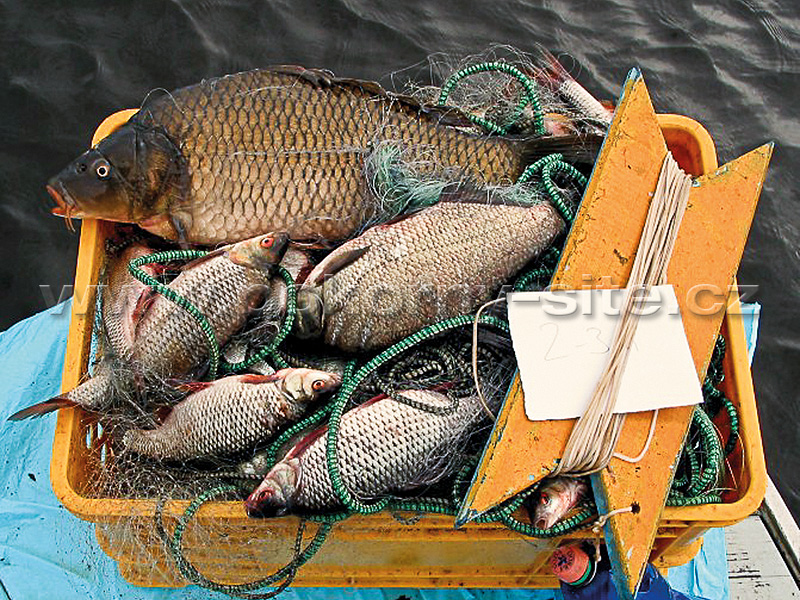Gillnets are a vital tool in the fishing industry, serving both commercial and subsistence purposes around the globe. When we define gillnets, we refer to a type of fishing net that captures fish by entangling them in the mesh as they swim through it. This method is both ancient and innovative, evolving over the years but maintaining its core principles. In this comprehensive article, we will explore various aspects of gillnets, including their design, usage, advantages, disadvantages, and environmental implications.
Understanding the Design and Structure of Gillnets

Gillnets come in various designs, tailored for specific types of fishing and target species.
Material Composition
Gillnets are typically made from monofilament or multifilament nylon, which offers strength and durability. The choice of material has significant implications for visibility, drag in the water, and the likelihood of catch.
Monofilament vs. Multifilament
Monofilament nets are single strands of nylon, making them nearly invisible underwater due to their transparency. They tend to sink faster and can be less visible to fish. On the other hand, multifilament nets consist of multiple threads, making them more visible to fish but also providing increased buoyancy.
Mesh Size and Configuration
The mesh size of a gillnet determines the size of fish it can capture. Smaller mesh sizes can trap juvenile fish, while larger meshes are designed for mature specimens. The configuration of gillnets also plays an essential role in their effectiveness.
Selectivity and Target Species
By adjusting the mesh size, fishermen can selectively target specific species, reducing bycatch - the incidental capture of non-target fish or other marine organisms. Understanding the biology and behavior of target species helps in choosing the right gillnet.
Types of Gillnets
There are several types of gillnets, each designed for different fishing environments and conditions.
Drift Gillnets
Drift gillnets are set adrift in water currents, allowing fish to swim into the net and become entangled. This method is effective for open ocean fishing, targeting pelagic species such as tuna and swordfish.
Set Gillnets
Set gillnets are anchored to the seabed, remaining stationary. They are commonly used in coastal areas and rivers to target demersal fish like cod and flatfish.
Practical Usage and Best Practices for Gillnet Fishing

Using gillnets requires not only understanding their design but also mastering the techniques of deployment and retrieval.
Preparing for Deployment
Before deploying a gillnet, it’s essential to assess the fishing grounds. Fishermen should consider factors such as water depth, current speed, and the presence of target species.
Timing and Location
Timing plays a crucial role in successful fishing. Dawn and dusk often provide the best opportunities, as many fish are more active during these times. Choosing locations with known fish habitats increases the chances of a successful catch.
Proper Setting Techniques
Setting gillnets effectively ensures both the safety of the crew and the efficiency of the catch. Proper handling includes:
Securing the Net
A well-secured net prevents it from drifting away or becoming entangled in unwanted debris. Fishermen often use buoys for marking the net's location and ensuring it remains vertical under water.
Retrieving the Catch
Retrieval is a critical phase in gillnet fishing.
Handling Fish Sustainably
Care must be taken when handling caught fish to minimize stress and injury. Fishermen often practice catch-and-release techniques on non-target species to preserve marine biodiversity.
Environmental Considerations Surrounding Gillnets

While gillnets are an effective fishing method, they also pose several environmental challenges.
Bycatch Issues
One of the most significant criticisms of gillnets is their potential for high levels of bycatch. Non-target species can become entangled, leading to population declines among vulnerable species.
Mitigating Bycatch
To mitigate bycatch, fishermen can introduce measures such as using larger mesh sizes or incorporating biodegradable materials that break down after a certain period.
Impact on Ecosystems
Gillnets can disrupt local ecosystems by removing large numbers of fish and altering predator-prey dynamics. Long-term use of gillnets in certain areas can lead to ecological imbalances.
Sustainable Practices
Implementing sustainable fishing practices is essential for the longevity of both fish populations and marine ecosystems. Adaptive management strategies can help adjust gillnet usage based on ecosystem changes.
Regulatory Framework and Technological Innovations in Gillnet Fishing

The fishing industry is heavily regulated to ensure sustainability and protect marine resources.
Legal Regulations
Many countries have established legal frameworks governing the use of gillnets. These regulations often focus on mesh size, seasonal restrictions, and designated fishing zones.
Compliance and Enforcement
Compliance with regulations is crucial for preserving marine life. Fishermen face penalties for illegal practices, including the use of undersized nets or fishing in protected areas.
Technological Advancements
Innovations in technology have led to improvements in gillnet design and usage.
GPS and Sonar Technology
Modern fishermen increasingly use GPS and sonar technology to locate schools of fish accurately. These technologies enhance the effectiveness of gillnet deployments.
Economic Impact of Gillnet Fishing

Gillnet fishing significantly contributes to local and global economies.
Commercial Fisheries
Gillnets account for a considerable portion of global fish harvests. Their efficiency and cost-effectiveness make them a preferred choice for many commercial fisheries.
Job Creation
The gillnet fishing industry creates numerous jobs, from fisheries management to processing and distribution.
Subsistence Fishing
In many communities, gillnets serve as a primary means of food procurement.
Cultural Significance
For indigenous and coastal communities, gillnet fishing holds cultural relevance and sustains traditional practices, contributing to community identity and resilience.
FAQs about Gillnets
What are gillnets?
Gillnets are fishing nets designed to capture fish by entangling them in their mesh as they swim through.
How do gillnets work?
Gillnets function by allowing fish to swim into the mesh, where they become ensnared by their gills, preventing escape.
Are gillnets environmentally friendly?
Gillnets can pose environmental concerns, particularly regarding bycatch and ecosystem disruption. Sustainable practices can help mitigate these issues.
What types of fish can be caught using gillnets?
Gillnets can target a wide range of fish species, including both pelagic and demersal fish, depending on the net design and mesh size.
What are the regulations surrounding gillnet fishing?
Regulations vary by region but often include restrictions on mesh size, fishing seasons, and designated fishing areas to protect marine life.
Conclusion
Understanding how to define gillnets is crucial for anyone involved in fishing, whether for commercial gain or personal satisfaction. As we've explored throughout this article, gillnets are a versatile and impactful fishing tool, capable of contributing significantly to economies and sustaining communities. However, with this power comes responsibility. Embracing sustainable practices and complying with regulations ensures that gillnets continue to serve both people and the marine environment for generations to come.



0 Comments